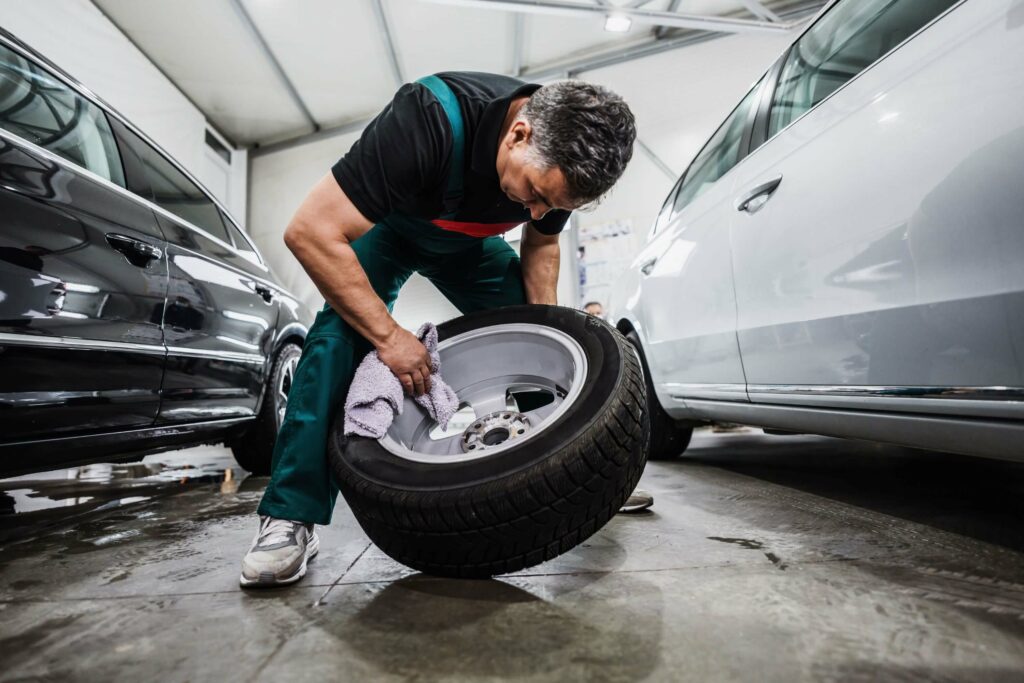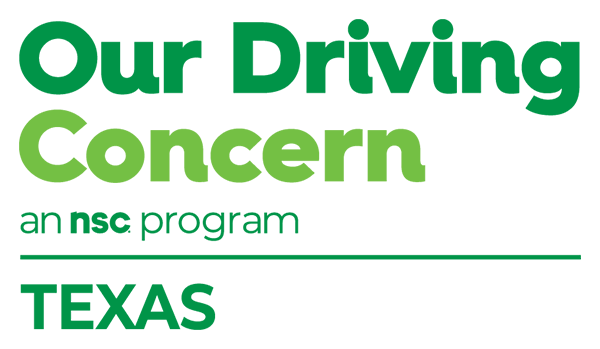Safety Coach
Full Attention
Distracted driving crashes are on the rise, according to research collected and analyzed by the National Safety Council and Cambridge Mobile Telematics. What can you do to cut crash costs, prevent injuries and save lives? Join us for a free online webinar on Tuesday, April 2: Distracted Driving and Reducing Risk.
NSC Senior Program Manager Katie Mueller leads a panel discussion on the impacts of distracted driving and how crashes on and off the job can increase employer costs – from medical care and property damage expenses to lost workdays and a decline in productivity. She will be joined by:
- John Teague, a Texas safety advocate whose son died in a distracted driving crash
- Ryan McMahon, vice president of insurance and government affairs at Cambridge Mobile Telematics
- Michelle May, a highway safety senior program manager at the Ohio Department of Transportation
These road safety leaders will explain how you can actively participate in Distracted Driving Awareness Month during April by re-examining your workplace policies and procedures and working to promote safe driving behaviors. What’s learned at work often is carried home. Education and training can lead to safety benefits for employees and their family members, and can spread into the communities where they live and work.
Why is this more important now than ever? A Cambridge Mobile Telematics report shows:
- A 10% increase in distracted driving results in an increase of more than 420 crash fatalities every year and costs the U.S. economy $4 billion
- From 2020 to 2022, distracted driving increased by more than 20% nationwide
- The two metrics most often linked to distracted driving, phone motion and screen interaction, climbed by more than 20% each over the last three years
In Texas, distraction in the vehicle was a contributing factor in 12,493 crashes in 2022, according to the Texas Department of Transportation. That’s more than 34 crashes every day. Here are some ways to change this trend. Instead of saying have a great day, show your team how to make it a great day. Use these free resources:
- NSC Safe Driving Toolkit: The kit is stocked with materials to bolster safe driving policies and influence driver behavior.
- Driver Behavior Safety Videos: Can you spare 60 seconds for safety? These distraction-prevention videos are available in English and Spanish. Play one to start a team meeting or share on your company intranet site.
- Posterize Safety: Download and display this vintage distracted driving poster: Dead Man Talking
Let’s learn together today and create a better tomorrow. See you April 2!

Tailgate Talk
Apply Polish
During March and April, many turn to spring cleaning rituals. These rituals could involve deep-cleaning at home, or shaking out crumbs and disinfecting your computer keyboard in the office. Spring is also a good time to prepare workplace and personal vehicles for travel during the warmer months ahead.
You can increase safety and prevent breakdowns by making use of a vehicle maintenance checklist. What items should be on your checklist? Share this list to help your employees get started:
- Get an oil change
- Check lights (front, rear and blinkers)
- Replace worn wiper blades
- Test the battery
- Check tire pressure and/or rotate tires
- Inspect brakes, belts and hoses
- Test air conditioning
- Find out if your vehicle has an open safety recall (it’s free to check and free to repair at your dealer)
Of course, many companies use electronic fleet vehicle maintenance checklists and track data to ensure safety. Many also provide regular training for drivers. Spring is a good time to examine your training practices, company policies and procedures and determine if it’s time to do away with any of your old ways and start fresh with new safety tools.
It’s also a good time to emphasize journey management, whether your drivers are making deliveries or employees are scheduling a summer road trip. Engage everyone at your location with a free 20-minute course that looks at several travel scenarios, contrasts best practices with poor planning and helps build a culture of transportation safety.
Also, be sure everyone on your team knows about Drive Texas, the place to check for current road conditions across the state.
The time you spend now on safety could prevent a mishap later.

